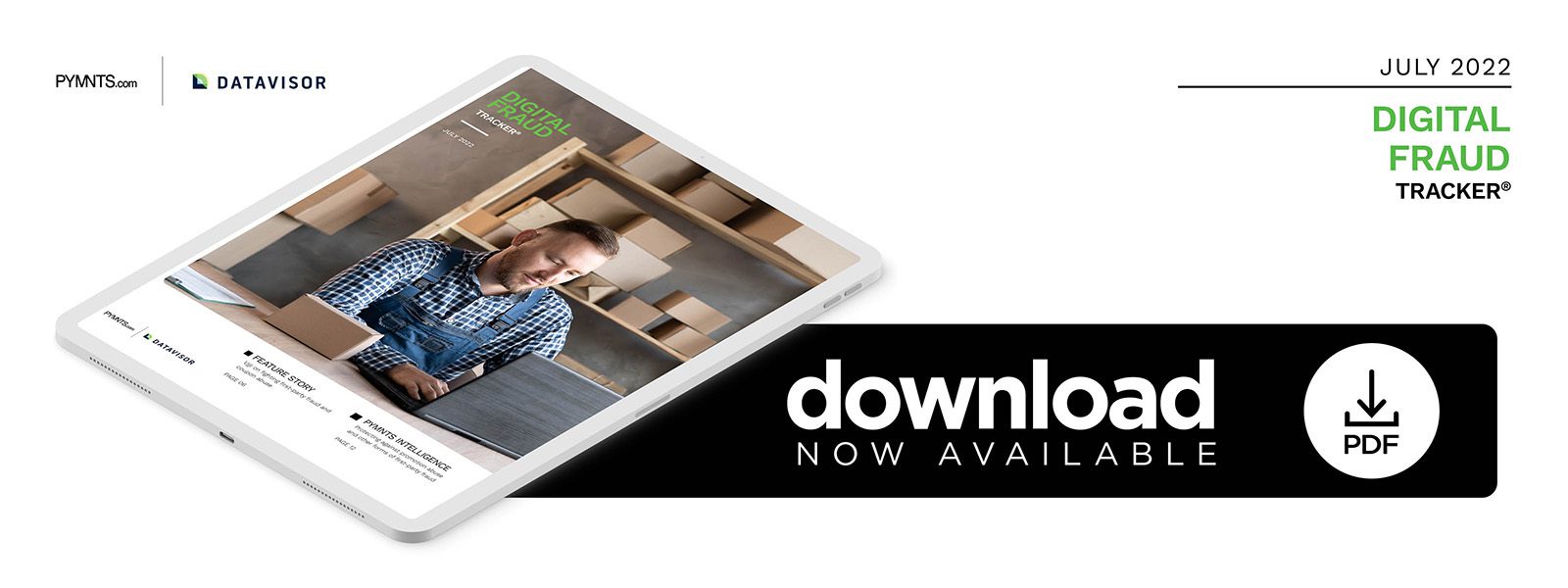PYMNTS Intelligence: Protecting Against Promotion Abuse and Other Forms of First-Party Fraud

Digital fraudsters’ popular image is that of a shadowy cabal of hackers, either leveraging sophisticated algorithms to break into corporate systems or tricking individual consumers into giving up their funds, data or login credentials.
This image is undoubtedly credible, but a considerable portion of digital fraud comes from consumers themselves abusing chargebacks, promotions, returns or merchant policies and attempting to score free merchandise or payouts. This latter scenario is known as first-party fraud, which costs merchants upward of $89 billion per year, according to a recent PYMNTS study.
Consumers leverage an astonishing variety of tactics to wage first-party fraud, leaving merchants with a critical dilemma: Do they tighten up their generous policies and attempt to curb this fraud at the expense of legitimate-customer loyalty, or do they maintain current policies and accept first-party fraud as one of the costs of doing business? Both choices have significant drawbacks, but new technologies can spare merchants either sacrifice. This month, PYMNTS Intelligence explores the various means of first-party fraud and the most effective methods for preventing these fraud losses without alienating legitimate customers.
First-Party Fraud Techniques
First-party fraud is incredibly pervasive, with many customers committing it without even realizing its gravity. One of the most common forms of this fraud is the misuse of coupons or other promotions. A recent study found that 52% of shoppers have tried to use an expired coupon, 49% have attempted to use a coupon for ineligible products and 63% have tried to apply multiple promotions that were not stackable.
Coupon abuse often goes unnoticed at the point of purchase due to inattentive, overworked or conflict-averse cashiers. The study found that 57% of cashiers manually overrode coupons that their systems said were incompatible. This type of abuse costs the retail industry more than $100 million each year, and 90% of brands surveyed said they were deeply concerned about the impact coupon fraud could have on their long-term revenue.
Policy abuse is another prominent form of first-party fraud, costing retailers as much as 2.4% of their annual revenues. While promotion and coupon abuse was the most common type of fraud by incidents reported — with 73% of eCommerce companies experiencing it in the past 12 months — policy abuse can cost much more per incident, with consumers exploiting return or chargeback policies by claiming they never received items and demanding refunds. Seventy-six percent of eCommerce merchants said that item-not-received abuse had increased during the past 12 months, while 66% of eTailers reported an increase in return abuse over the same period.
Fighting first-party fraud without affecting legitimate customers’ shopping experiences is a tall order, but new technologies offer the potential to strike a balance between these competing objectives.
Preventing Promotion Abuse
One of the most important ways to limit promotion abuse is to make the promotions entirely digital and remove the element of human error from the equation altogether. These digital promotions allow merchants to generate original coupon codes that are date- and time-stamped and then deleted once used at the point of sale or after the expiration date. This strategy eliminates several methods of coupon fraud by making it impossible to copy a coupon code as well as making it impossible to present retail staff with an expired coupon.
Walgreens enacted one such example in 2020, and the chain quickly realized several advantages besides fraud prevention. Customers could access digital coupons remotely instead of cutting them out of newspapers or receipts, providing the stores with a trove of valuable data for improving customers’ experiences through personalized offers.
Digital coupons are not perfect, however. Hackers occasionally steal consumers’ coupons and attach them to their own accounts by intercepting requests from victims’ devices and the servers of the coupon providers. Shoppers may also return items purchased via a digital coupon for the full price. These fraud techniques are much rarer than fraud perpetrated via paper coupons, however, making digital coupons a much safer method overall.
First-party fraud prevention is a top priority for merchants, regardless of the method used. PYMNTS research has shown that more than three-quarters of merchants either already invest in chargeback prevention strategies or plan to in the next year.
Promotions and coupons are a key strategy for generating revenue, and any means of preventing their abuse must also avoid alienating legitimate customers. Digitization can go a long way toward achieving the perfect balance.

